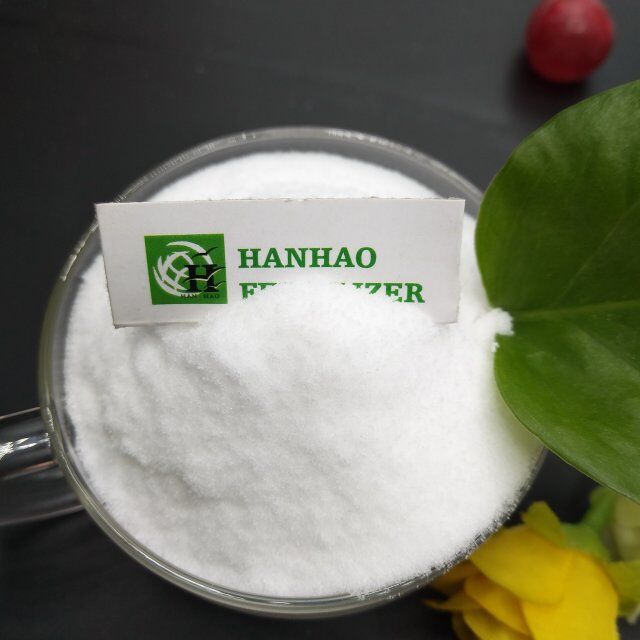
Dec . 01, 2024 00:18 Back to list
Understanding the Importance of Nutrient Ratios in 6-8-8 Fertilizer for Plant Growth
Understanding 6-8-8 Fertilizer A Comprehensive Guide
Fertilizers play a critical role in modern agriculture, enabling farmers and gardeners to enhance soil fertility and boost plant growth. Among the various formulations available, 6-8-8 fertilizer has gained popularity due to its balanced nutrient profile. This article will dive into the specifics of this fertilizer, its benefits, application methods, and tips for optimal use.
What is 6-8-8 Fertilizer?
The numbers in fertilizer formulations, such as 6-8-8, denote the ratio of three primary nutrients nitrogen (N), phosphorus (P), and potassium (K). Specifically, in a 6-8-8 fertilizer, the first number (6) represents the percentage of nitrogen, the second number (8) indicates the percentage of phosphorus, and the third number (8) signifies the percentage of potassium. This formulation is particularly advantageous for promoting overall plant health and vitality.
- Nitrogen (N) This nutrient is vital for leaf and stem development. It is a key component of chlorophyll, the molecule responsible for photosynthesis. Adequate nitrogen results in vibrant green foliage. - Phosphorus (P) Essential for root development and flowering, phosphorus stimulates strong roots, enhances flowering and fruiting, and improves the overall energy transfer in plants. - Potassium (K) Potassium is crucial for overall plant health, helping regulate various physiological processes. It plays a role in water regulation, disease resistance, and improving the quality of fruits and vegetables.
Benefits of Using 6-8-8 Fertilizer
1. Balanced Nutritional Supply The 6-8-8 ratio provides a well-rounded supply of nutrients that caters to the entire plant lifecycle, making it particularly useful for both flowering plants and vegetables.
2. Improved Root Growth The higher phosphorus content in 6-8-8 fertilizer promotes strong root systems, leading to better nutrient uptake and water absorption, which is critical in times of drought.
3. Enhanced Flowering and Fruit Development The balanced levels of phosphorus and potassium support blooming and fruiting, making it an excellent choice for flowering shrubs, fruit trees, and vegetable gardens.
6-8-8 fertilizer

4. Versatility This fertilizer can be used for a wide range of plants, such as ornamental flowers, fruits, and vegetables, making it a versatile addition to any gardener’s toolkit.
How to Apply 6-8-8 Fertilizer
Proper application is key to maximizing the benefits of 6-8-8 fertilizer
1. Timing Apply fertilizer in early spring or before the growing season begins to provide nutrients as plants start to grow. A second application can be performed mid-summer if necessary.
2. Method Spread the fertilizer evenly around the base of the plants, avoiding contact with the stems and leaves to prevent burning. Rake the soil lightly to incorporate it and ensure better absorption.
3. Watering After application, water the plants thoroughly. This helps dissolve the fertilizer, allowing nutrients to penetrate the root zone efficiently.
4. Follow-Up Monitor plant health and growth after application. If you notice signs of nutrient deficiency or excessive growth, adjustments can be made in terms of fertilizer quantity or frequency.
Conclusion
In summary, 6-8-8 fertilizer is an excellent option for gardeners and farmers seeking a balanced approach to plant nourishment. With its mix of nitrogen, phosphorus, and potassium, it promotes healthy growth, vibrant blooms, and bountiful harvests. By understanding how to effectively apply and utilize this fertilizer, you can ensure that your plants thrive, thus enhancing the beauty and productivity of your garden or farm. Whether you are a novice gardener or an experienced farmer, incorporating 6-8-8 fertilizer into your practices can provide significant benefits to your plants and contribute to a fruitful growing season.
-
Premium 10 10 10 Fertilizer Organic for Balanced Plant Growth
NewsJul.29,2025
-
Premium 10 10 10 Fertilizer Organic for Balanced Plant Growth
NewsJul.29,2025
-
50 Pound Bags of 13-13-13 Fertilizer for All Plants – Bulk & Organic Options
NewsJul.28,2025
-
High-Efficiency 15-30-15 Granular Fertilizer for Healthy Crops
NewsJul.28,2025
-
15-30-15 Granular Fertilizer for Optimal Crop & Lawn Growth
NewsJul.27,2025
-
Premium 10 10 10 Water Soluble Fertilizer for Fast Plant Growth
NewsJul.26,2025
